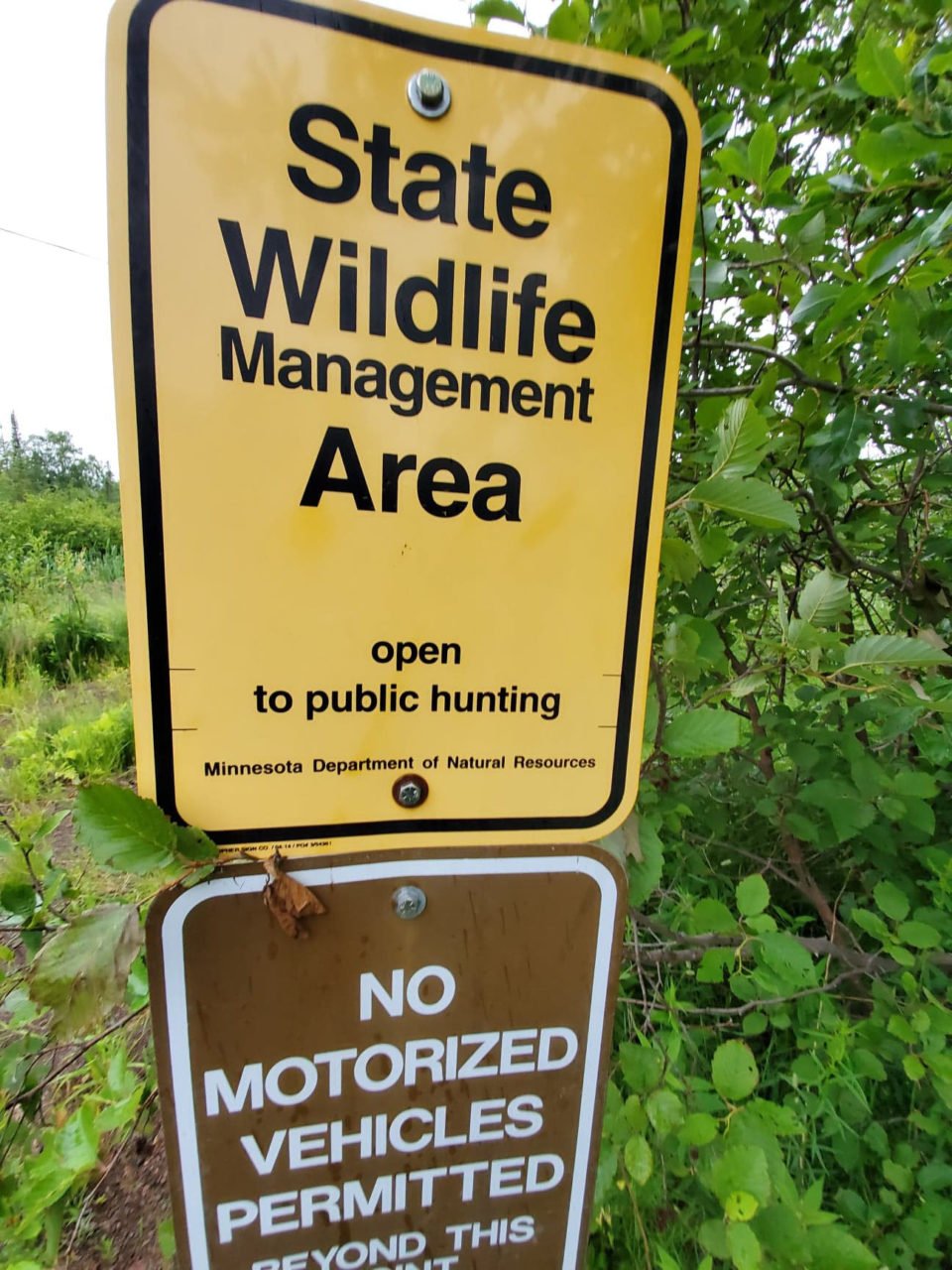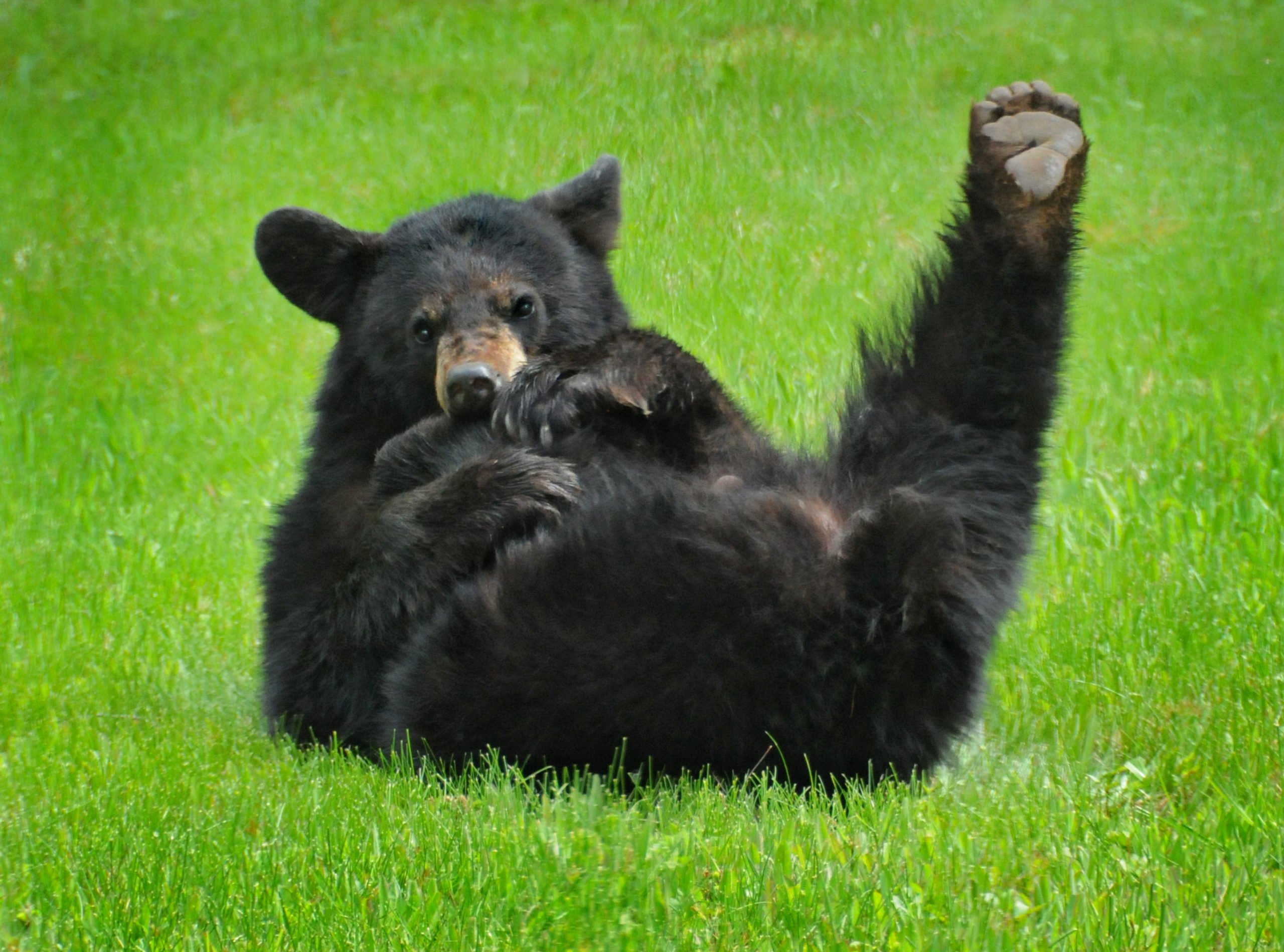The Minnesota DNR recently announced that it was opening up the grasslands on state Wildlife Management Areas (WMAs) for emergency haying and grazing to meet a covid-induced demand for additional forage from state livestock producers, many of whom held on to their stock due to disruptions in meat packing. The health emergency is real, as is the shortage of forage. Grass is in short supply in parts Minnesota where agriculture is strongly focused on the production of corn and soybeans.
But the DNR’s action deserves scrutiny. WMAs are public lands largely purchased and maintained with hunting license revenues, excise taxes paid on guns and hunting gear, and state sales tax revenue dedicated habitat acquisition and management. In other words, WMAs are public lands intended to provide habitat and wildlife-oriented public recreation, not commodity production.
DNR prairie habitat supervisor Greg Hoch said the DNR began using haying and grazing as a habitat management tool more than a decade ago. Grasslands need occasional rejuvenation, which historically was accomplished naturally by wildfires and grazing bison. In modern habitat management, wildlife managers use prescribed burns, haying and grazing to mimic nature. Hoch said that on the state’s 1.3-million-acre WMA system (about 500,000 acres are grasslands) an average of 4,000 acres are hayed and 10,000 acres are grazed annually under existing management plans. The emergency haying and grazing will be above and beyond that amount.
Producers can use a Minnesota Dept. of Agriculture website to contact the local area wildlife manager with their forage requests. The manager will then direct them to a WMA where they can cut hay or graze cattle if these activities will meet a wildlife or management objective on that WMA. Hoch emphasized that it is up to the area wildlife managers to decide if and where these activities may occur. He said a manager may utilize the haying to meet a future management objective, such as creating a firebreak along a parcel where a prescribed burn is planned for next spring. Most of the hay leases are expected to be relatively small; 30 acres is considered a large haying job on state land. Producers will be charged the fair market value for the forage. The monies will go into the state’s Game and Fish Fund, but will not be earmarked for any specific purpose. At the time of this interview, producers had signed up for about 500 to 600 acres of public forage.
Given the small number of requests, one may wonder about the necessity of the emergency forage program or if monies derived from the program will even begin to cover the costs of the administrative gyrations of two state agencies that were required to make it happen. But it must be acknowledged that the program will remain in place after the present emergency has passed. In reality, the agriculture industry in this increasingly grass-poor state has opened the door ever-so-slightly wider accessing to publicly owned grasslands for hay and pasture. Who’s to say there won’t be another emergency of a different sort next year…or the year after that?
Viewed as a stand-alone, the emergency haying and grazing program is not a big deal. But if you step back and take a hard look at some DNR public lands policies developed in recent years, a trend emerges. When it comes to land management, the agency has begun favoring industry over habitat, slowly eroding a legacy of management strategies intended to benefit our wild lands and the people who enjoy them.
For example, about five years ago the agency announced that it was reducing the rotation age for red pine plantations on state forests from a previously agreed upon habitat-based strategy of 100 years or more to an industry-friendly strategy of 60 years, based on a present-day market for small saw bolts. To be sure, pine plantations are intended for industrial use, but this native species can live over 250 years. A management strategy based on successive thinning allows the remaining red pines to reach majestic sizes while providing sawtimber for a century or more. I’ve yet to talk with a forester who thinks the 60-year rotation represents sound forest management.
The change in red pine rotation age was followed by a call from then-Governor Mark Dayton for the DNR to increase the timber harvest on all state lands from about 800,000 to one million cords annually. Oddly, this call for increased output corresponded with a historic, severe downturn in the state’s timber industry, marked by ongoing closures of mills across the state. The call for the increase certainly wasn’t demand driven, but was instead an industry-motivated political maneuver intended to depress overall stumpage prices. The DNR wasn’t able to meet the Governor’s request for a million cords, but did find ways to squeeze an additional 100,000 cords per year from state-owned property. Apparently, it wasn’t easy, which leads us back to ramping up commodity production on WMAs.
Most WMAs in northern Minnesota are forested. Until very recently, the timber harvests that occurred on those WMAs were planned by wildlife managers to meet habitat objectives; creating better conditions for game species and other native wildlife. The “problem” was the habitat-driven harvests did not produce a reliable flow of timber volume to meet the new state output objectives. DNR policy makers took the decision-making authority for WMA timber sales away from wildlife managers and gave it to state foresters charged with meeting annual harvest goals. This move triggered strenuous objections from wildlife managers, scientists, conservationists and some members of the outdoor press. It is fair to say DNR leaders slapped down those objections with a heavy hand.
When you consider these actions as a whole, it seems the pendulum regarding management of lands intended for wildlife has swung in the direction of favoring industry. As industry becomes accustomed to exploiting resources found on WMAs, it will be difficult to push the pendulum back in the other direction. Those of us who appreciate WMAs for their intended purpose and pay for their management and acquisition via user fees and taxes better start thinking about that.





